What Is the Curve on a Flatbed Trailer?
When referring to the curve on a flatbed trailer, one is typically talking about the deck curve or the camber. This design feature is integral in enhancing both the functionality and the safety of the trailer. The camber refers specifically to the slight upward curve in the trailer’s frame and deck, which is crucial for load distribution and stability during transport.
Importance of Camber in Flatbed Trailers
The camber is not merely an aesthetic feature; it plays a vital role in a flatbed trailer’s overall performance. Here are several key aspects of its importance:
- Load Distribution: The curve allows for better weight distribution across the axles, ensuring stability during transport.
- Enhanced Traction: A well-cambered flatbed trailer improves tire grip on the road, reducing the risk of slippage.
- Reduced Wear and Tear: The ergonomic curve minimizes the stress on the trailer’s materials, leading to increased durability and a longer lifespan.
- Safety Factors: A proper camber can help ensure that the load does not shift during transit, which could lead to accidents.

Types of Curves in Flatbed Trailers
1. Negative Camber
Negative camber implies that the top of the tires leans toward the vehicle’s center. Although less common in flatbed trailers, it can be beneficial for specific high-performance applications:
- Cornering Stability: Helps maintain tire contact with the road, particularly during turns.
- Race Trailers: Used in trailers carrying performance racing vehicles to ensure stability at high speeds.
2. Positive Camber
Positive camber, where the tops of the tires lean outward, provides unique benefits for flatbed trailers:
- Stability on Uneven Terrains: It allows the trailer to maintain better balance on uneven surfaces, such as dirt or gravel roads.
- Self-Correcting: Positive camber can naturally compensate for load shifts, making it a safer option for long-distance hauling.
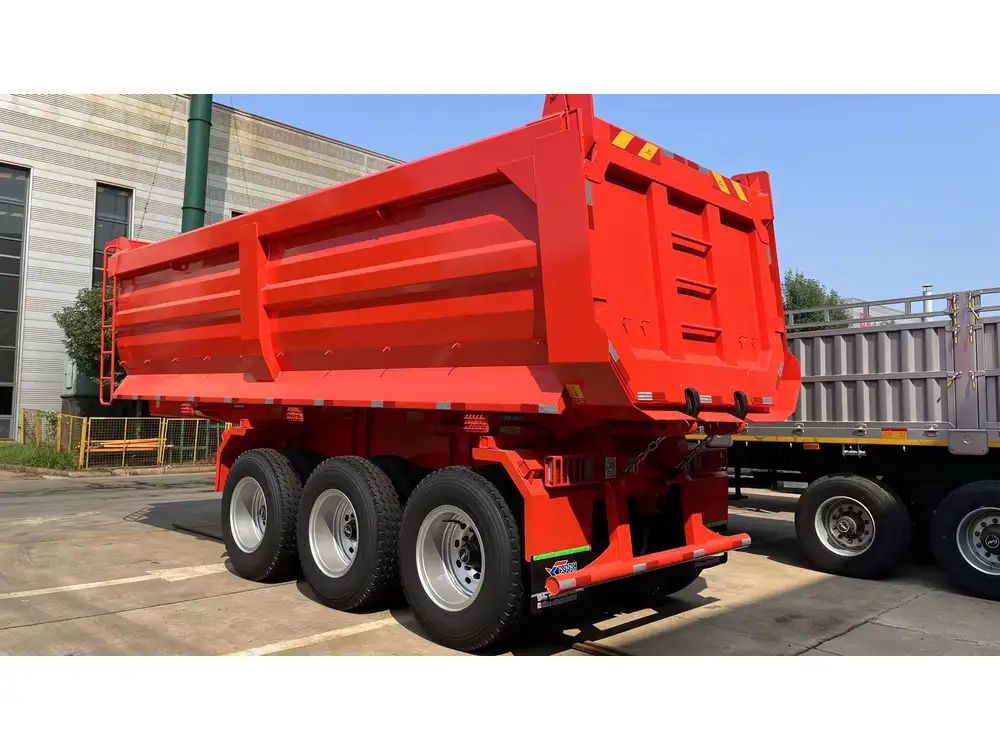
3. Zero Camber
Zero camber maintains that the tires are straight up, counteracting wear and tear on the tires. This style is commonly found in standard freight trailers:
- Uniform Tire Wear: Ensures that the tires wear evenly, improving overall tire longevity.
- Versatile Trailers: Ideal for general freight transport.
Factors Influencing the Design of Flatbed Trailer Curves
Several variables impact the design decisions concerning the curves on flatbed trailers. Here are the key factors:
Material Composition
Different materials influence how the trailer can be shaped. Stronger materials like steel can maintain structural integrity while allowing for significant curvature, whereas lighter materials like aluminum may limit design adjustments.
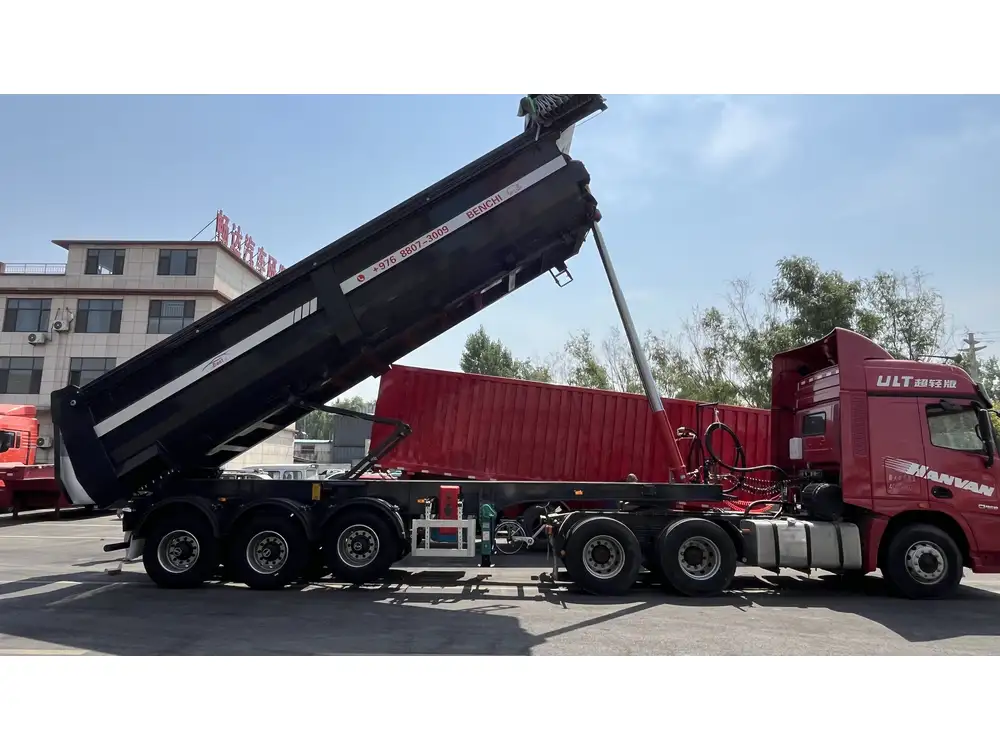
Purpose of the Trailer
Understanding the intended use is crucial. A trailer designed for heavy machinery transport may require a different camber than one meant for transporting lighter palletized goods.
Regulatory Standards
Compliance with local and international regulations is essential for safety. These regulations may dictate specific requirements concerning the curves in trailer design.
Load Types and Weight
The nature of the load being transported also guides the camber design. Different loads create varying pressure points, which must be balanced by the trailer’s curvature.

Selecting the Right Flatbed Trailer with Curve Considerations
When choosing a flatbed trailer, understanding the implications of the camber and deck curve is paramount. Here’s a comparison chart to help guide your selection process based on your needs:
| Requirement | Ideal Camber | Advantages | Best Use Cases |
|---|---|---|---|
| Stability | Positive Camber | Better load balance on uneven surfaces | Landscaping equipment transport |
| High-speed applications | Negative Camber | Enhanced cornering stability | Performance vehicle transport |
| General freight transport | Zero Camber | Uniform tire wear | Standard freight shipping |
| Heavy machinery | Slight Curve | Improved weight distribution | Construction equipment transport |
Maintenance of the Trailer’s Curve
Maintaining the integrity of the camber and curvature in your flatbed trailer is fundamental for safety and durability. Below are essential maintenance tips:
Regular Inspections
- Visual Checks: Frequently inspect for signs of unusual tire wear or deformation. Analyzing the wear patterns can hint at camber issues.
- Alignment Checks: Periodically have the alignment checked professionally, ensuring the curve’s integrity.
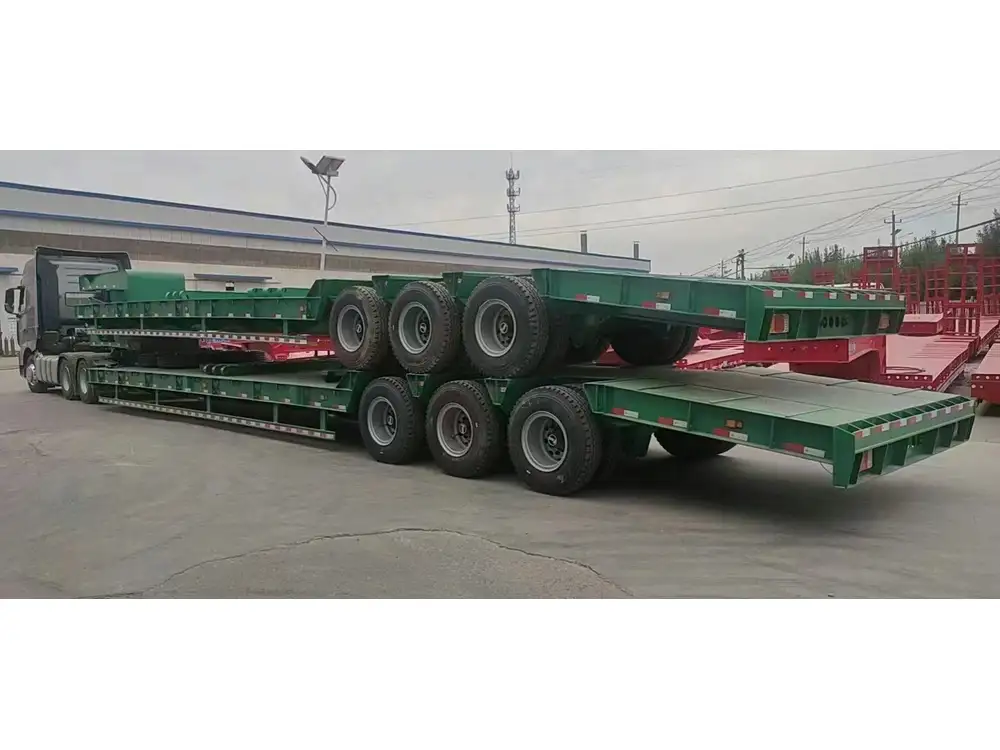
Tire Maintenance
- Pressure Levels: Maintain optimal tire pressure to ensure that the curve performs as intended.
- Rotation: Rotate tires regularly to promote even wear and prolong their lifespan.
Structural Inspections
- Welding and Frame Integrity: Regularly check for any structural issues in the trailer’s frame that could impact the camber.
- Load Assessment: Ensure the loads being transported align with the trailer’s designed capacity and intended use. Abiding by weight restrictions ensures that the camber remains effective.
Common Issues Related to Flatbed Trailer Curves
Even with the best maintenance, issues may arise concerning the deck’s curve. Here are common complications and how to address them:
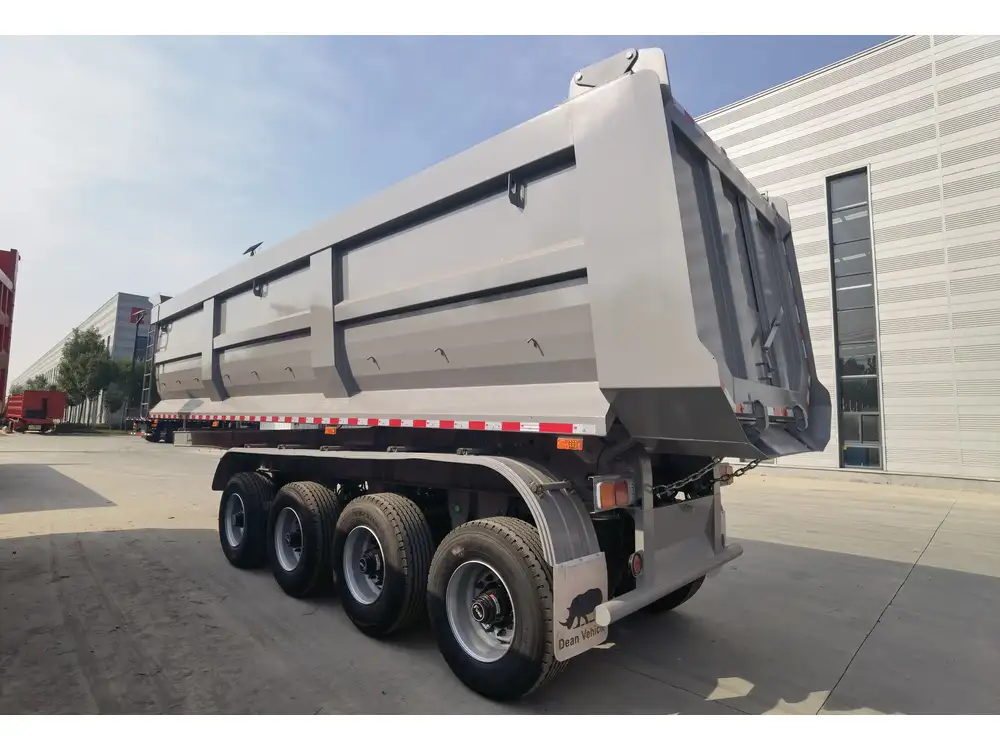
Uneven Tire Wear
Symptoms: Increased wear on one side of the tires could indicate camber alignment issues.
Solution: Adjust the alignment and inspect the trailer for any weight distribution problems or structural deficiencies.
Excessive Load Shifting
Symptoms: Frequent load shifting during transit may compromise load security.
Solution: Use proper securing techniques such as chains, straps, and tarps to minimize movement, ensuring loads remain stable.
Handling Difficulties
Symptoms: Difficulty steering or increased swaying during turns can signal camber problems.
Solution: Have the trailer inspected by professionals to ascertain if adjustments or repairs are necessary.
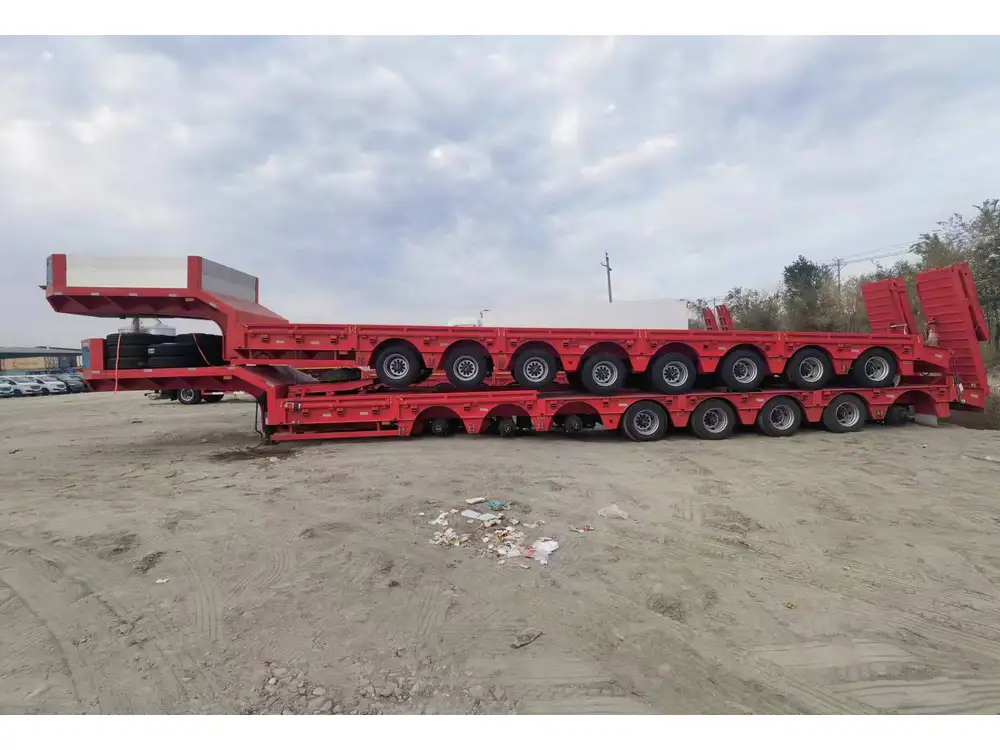
Conclusion
Understanding the curve on a flatbed trailer is crucial for manufacturers and users alike. With the right camber, one can ensure enhanced stability, better load distribution, and overall safer transport of goods. It is vital to take into consideration the intended purpose, the materials used, and the load types when selecting and maintaining your flatbed trailer.
As a responsible manufacturer, we must continue to evolve and innovate in response to the industry’s demands, focusing on integrating cutting-edge designs that optimize the camber and overall performance of flatbed trailers. When it comes to selecting a flatbed trailer that meets your specific needs, do not hesitate to consult industry experts to make an informed choice. Ensure you prioritize safety and efficiency in your transport solutions, thereby leading to long-term success in your hauling endeavors.



